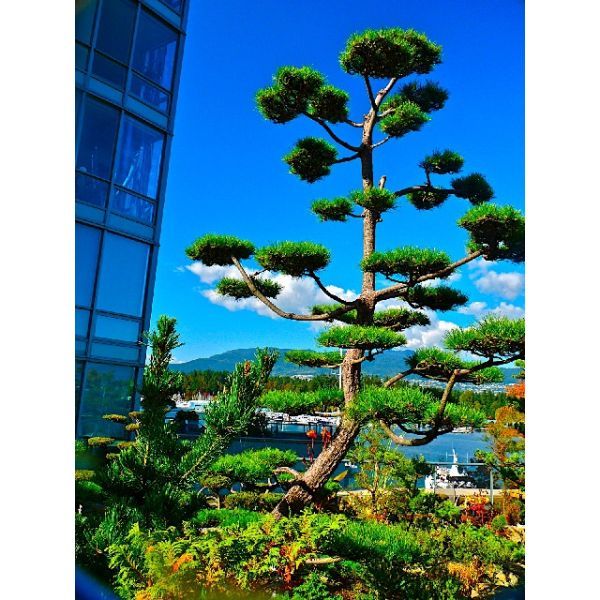Pinus Thunbergii Seeds (Japanese Black Pine)
Pinus Thunbergii Seeds (Japanese Black Pine)
One of the most basic trees for bonsai, a very popular specimen.

Delivery
All orders shipped with UPS Express.
Always free shipping for orders over US $250.
All orders are shipped with a UPS tracking number.
Returns
Items returned within 14 days of their original shipment date in same as new condition will be eligible for a full refund or store credit.
Refunds will be charged back to the original form of payment used for purchase.
Customer is responsible for shipping charges when making returns and shipping/handling fees of original purchase is non-refundable.
All sale items are final purchases.
Help
Give us a shout if you have any other questions and/or concerns.
Email: contact@domain.com
Phone: +1 (23) 456 789
Availability: In stock
SKU
Pinus Thunbergii
The size and shape of Japanese black pine is variable reaching a height of 25 feet and a spread of 20 to 35 feet in nature. The Black pine is a native of Japan. One of the most basic trees for bonsai, a very popular specimen.
This is a dense spreading pine with horizontally branches and a broad pyramidal head. Pinus thunbergii has thick, dark grey-green needles, 2 in a bundle. Though quite long, the needle-size can be reduced in length with the use of bonsai pruning techniques.
Branches are held horizontally in a picturesque silhouette and sometimes can outgrow the central leader forming an attractive multistemmed specimen tree. Bark is purplish-grey and becomes very craggy and fissured with age. Branch pruning can be done in late Fall or Winter to reduce sap bleeding from the wound. You might consider removing major branches in Spring as the large wound will heal faster. Pines should be reduced slowly, over a period of years. Drastic pruning is stressful and should only be performed on very strong and well-fed trees. Keep recently pruned trees out of temperature extremes and in partial shade for 2 to 4 weeks.
Hardiness zones 5-8, (-26øC/-15øF,-10øC/15øF) in Winter. The Black pine does not like extreme heat, especially in the area of its roots. It prefers but does not insist on colder climates. Black pines enjoy full sun all day long, but if you live in an area where the daily temperatures in Summer are in excess of 100øF, you should place them in partial shade for the hot part of the day, their color will be a deeper green. If your trees get full exposure during the Summer in hot locations, their color may tend toward yellow-green.
Grows best in moist fertile well drained soil. A soil mix of coarse sand, calcinated clay and peat moss works well. Black Pines are very tolerant of poor conditions, surviving in nature on barren, stony soils. Keep your Japanese Black Pine evenly moist, but not damp. They like to be a little on the dry side and can endure a bit of a drought. May be allowed to go dry between waterings.
| Common name | Japanese Black Pine |
|---|---|
| Species | Pinus thunbergii |
| Germination | First, scarify the seeds. For faster germination, soak the seeds in slightly hot water for 24-48 hours, followed by 1-2 months cold stratification before sowing in your soil. Keep damp soil, not soaking wet. Keep pot in warm situation, 68-75 øF. Germination usually occurs in one to two months. It can be more depending on their degree of unbroken dormancy, don't lose faith. |
| Scarification / Stratification | Seed coats may be so hard that they are impermeable to water. They need to be scratched or broken using a knife or sandpaper, in order to germinate. Chip the seeds with a sharp knife or make a few swipes with a sharp edged file or use sandpaper to allow moisture being more readily absorbed. |
| Price View | Price Range |

